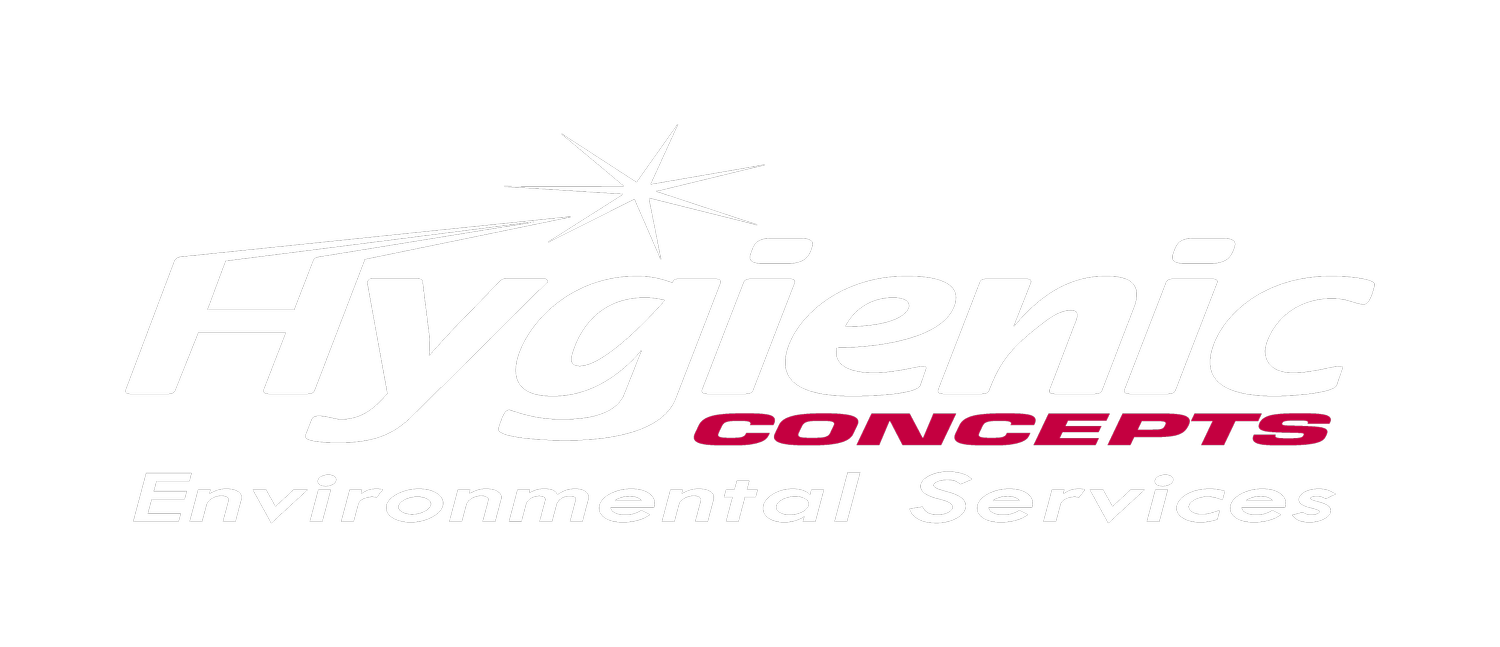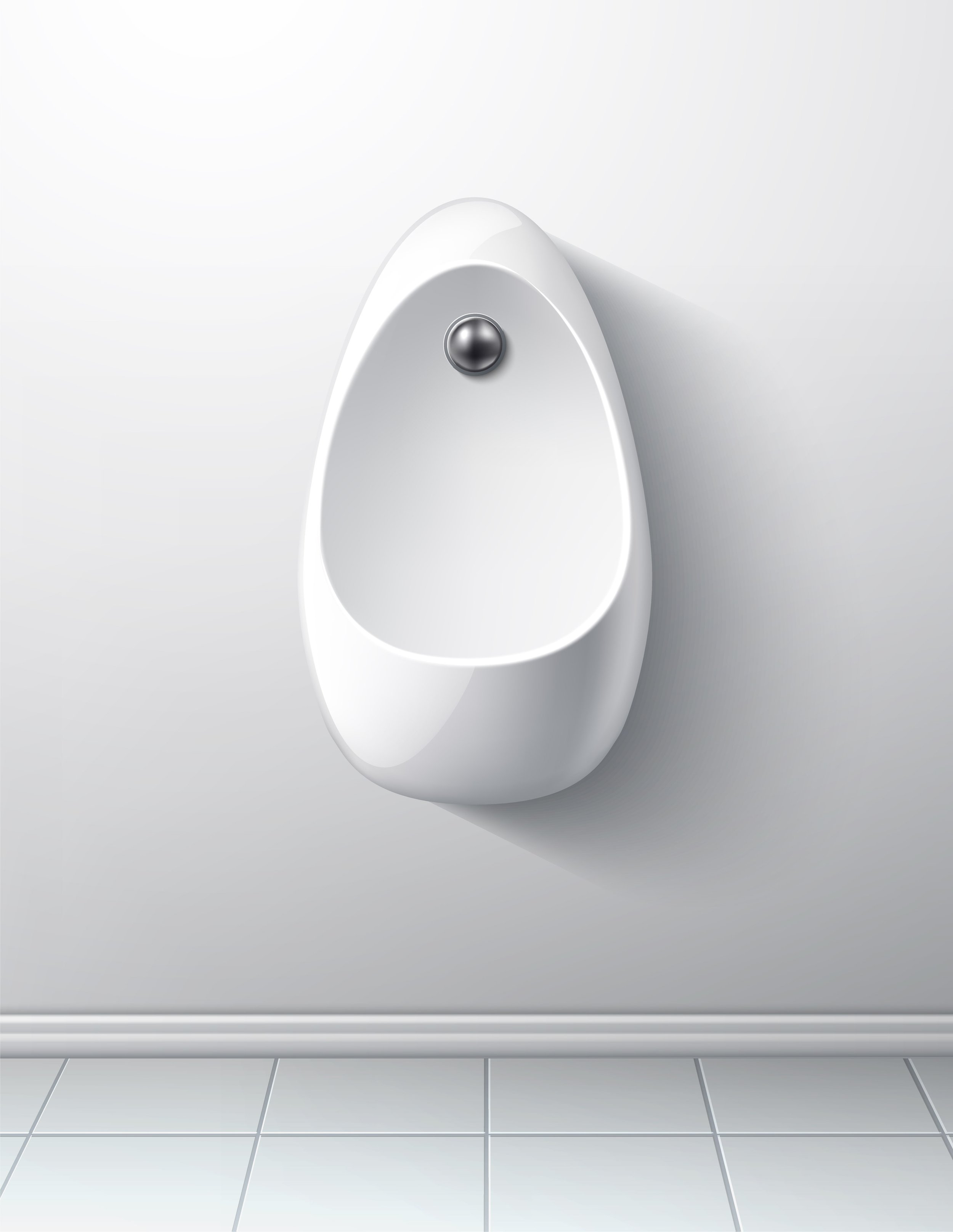Weighing the Pros and Cons of Waterless Urinals
Waterless urinals have gained popularity as eco-friendly alternatives to traditional flush urinals. They offer several advantages, such as water conservation and reduced utility bills. However, like any technology, they come with their fair share of disadvantages
Maintenance Challenges
One of the most significant disadvantages of waterless urinals is the need for regular and often labor-intensive maintenance. Unlike flush urinals, which rely on water to carry away waste and prevent blockages, waterless urinals depend on sealing traps and cartridges. Over time, these components can become clogged or malfunction, leading to maintenance issues and unpleasant odours.
Odour Problems
Waterless urinals are prone to developing strong odors due to the absence of water to flush away urine and dilute it. These odors can be off-putting and unhygienic, requiring the use of specialised cartridges or traps that need frequent replacement to control the smell. This ongoing maintenance can be both a hassle and an added cost.
This image is from a recent removal we have completed of a waterless urinal system. As you can see the waste pipe is heavily blocked with a build up of uric salt.
Initial Cost
Another drawback is the higher upfront cost associated with installing waterless urinals. While they may lead to long-term savings on water bills, the initial investment can be considerably higher than that of traditional flush urinals. This cost factor may deter some organizations from adopting waterless urinals.
Compatibility Issues
Replacing conventional urinals with waterless models may not always be straightforward. The transition may require modifications to the plumbing system, which can add complexity and cost to the installation process. This can be a significant disadvantage for those looking to retrofit existing restrooms.
Limited User Acceptance
Not everyone is comfortable with or accustomed to using waterless urinals. In public or commercial settings, user acceptance is crucial, and resistance to these unfamiliar fixtures can pose a challenge. This discomfort may result in restroom users being less satisfied with their experience.
Reliability Concerns
Waterless urinals rely on the proper functioning of mechanical components like sealing traps and cartridges. These components can wear out or fail, leading to maintenance issues and inconvenience. Reliability concerns can be a significant drawback in high-traffic facilities where constant availability is essential.
Education and Training
Proper use and maintenance of waterless urinals require education and training for both building occupants and maintenance staff. Failure to follow correct procedures can result in maintenance issues and odour problems.
While waterless urinals offer water-saving benefits, they come with their share of challenges. Maintenance, odour control, upfront costs, and user acceptance are all factors to consider when deciding whether waterless urinals are the right choice for your restroom facilities.
At Hygienic Concepts, water plays a vital role in our urinal management strategy. Our water management system helps cut down on flushes, helping our clients save on utility costs while maintaining a professional service. Alongside this system, our patented URI-BUG solution, an eco-friendly bacteria, is formulated to coat waste pipes and prevent the accumulation of undesirable uric salts. The URI-BUG insert complements our Universal Washroom Cleaner, which is suitable for all washroom surfaces, making our approach to hygiene both effective and eco-conscious.
Contact us today to learn more about our urinal management service.
🌐 https://www.hygienicconcepts.co.uk/contact
✉️ info@hygienicconcepts.co.uk
📞 01543 495030
#waterlessurinals #hygiene #hygienicconcepts #hcblog


